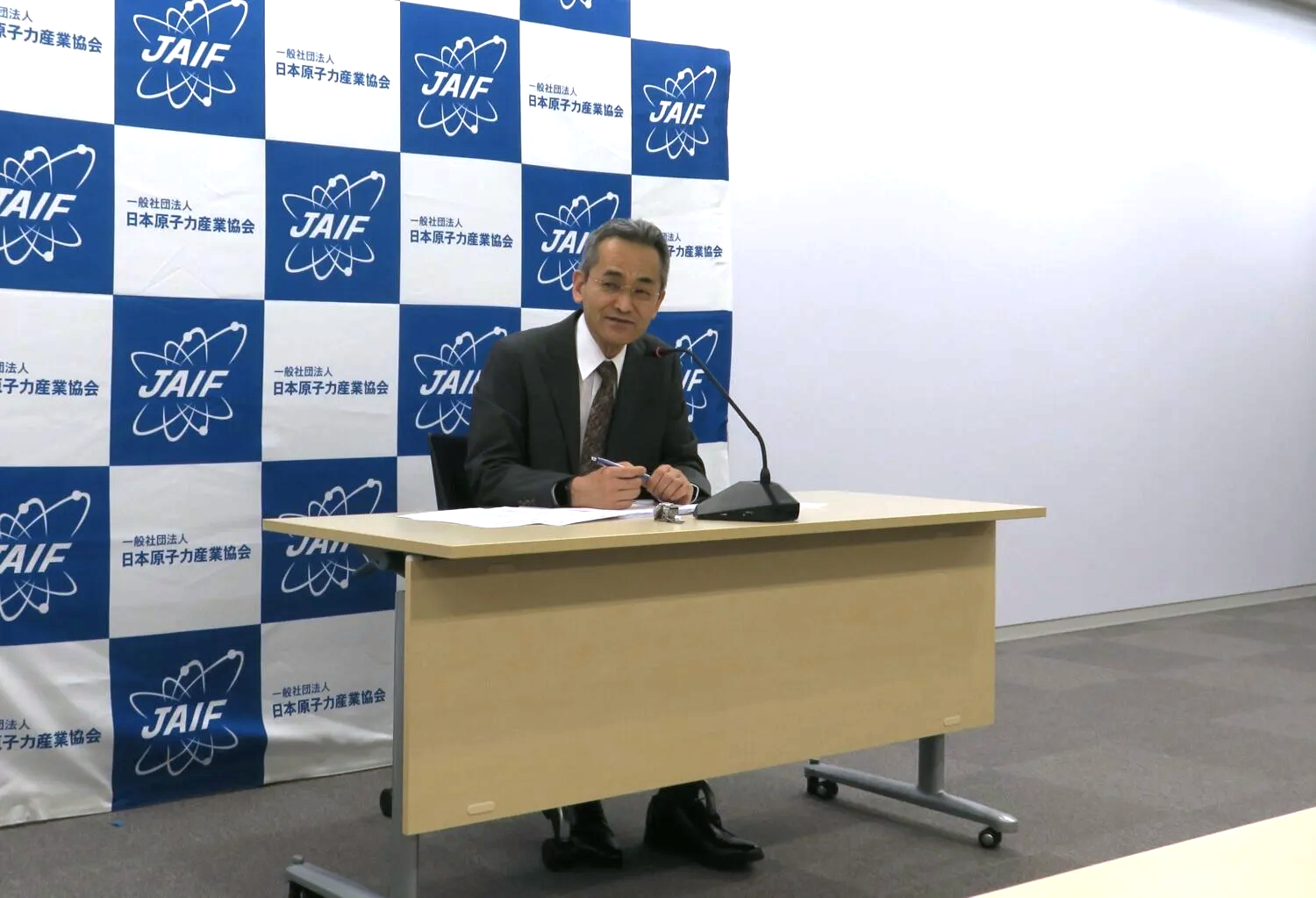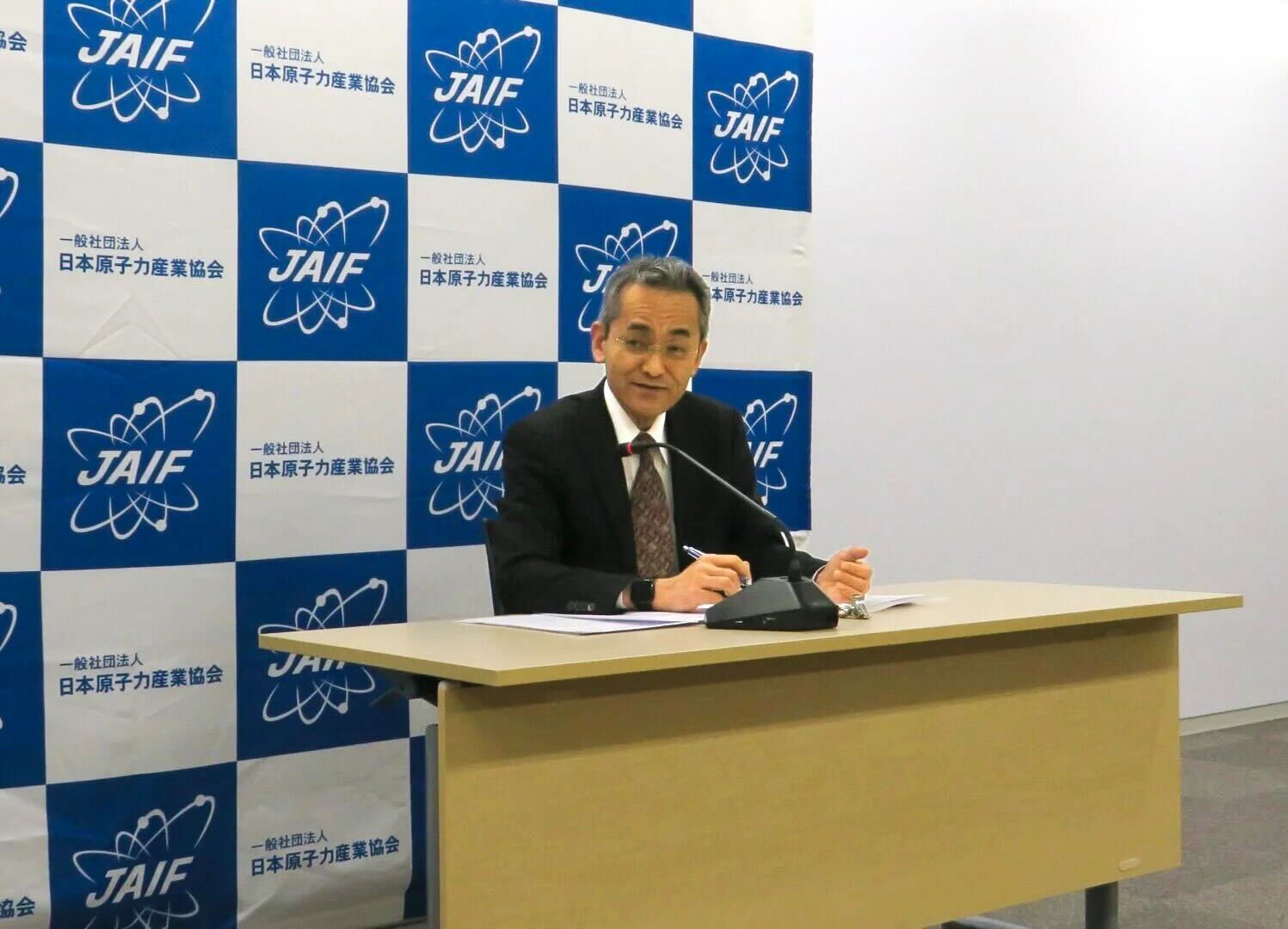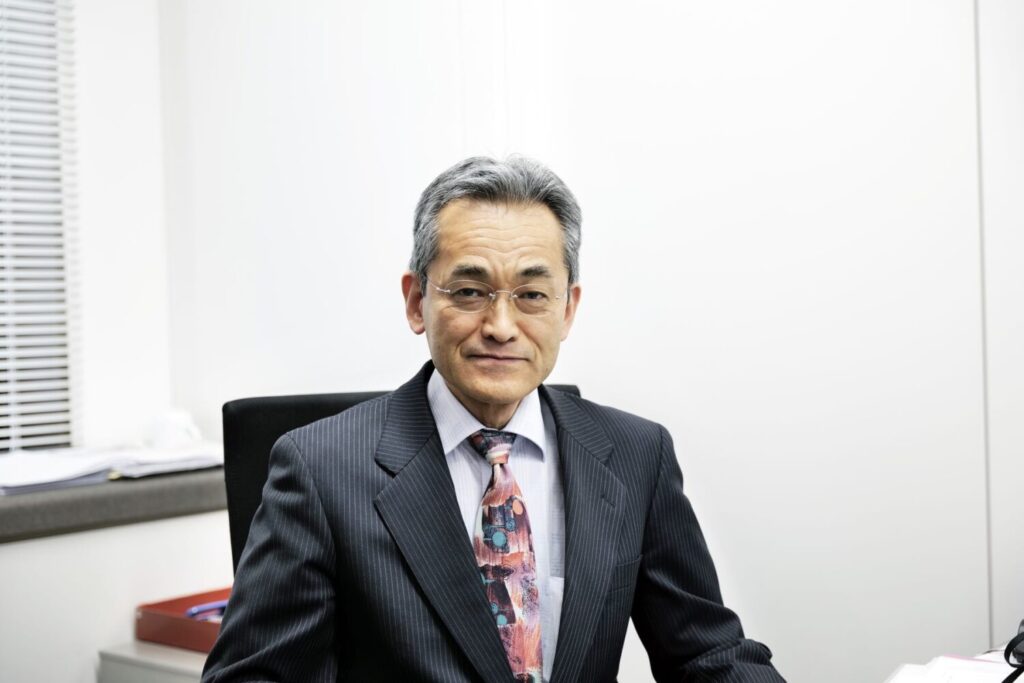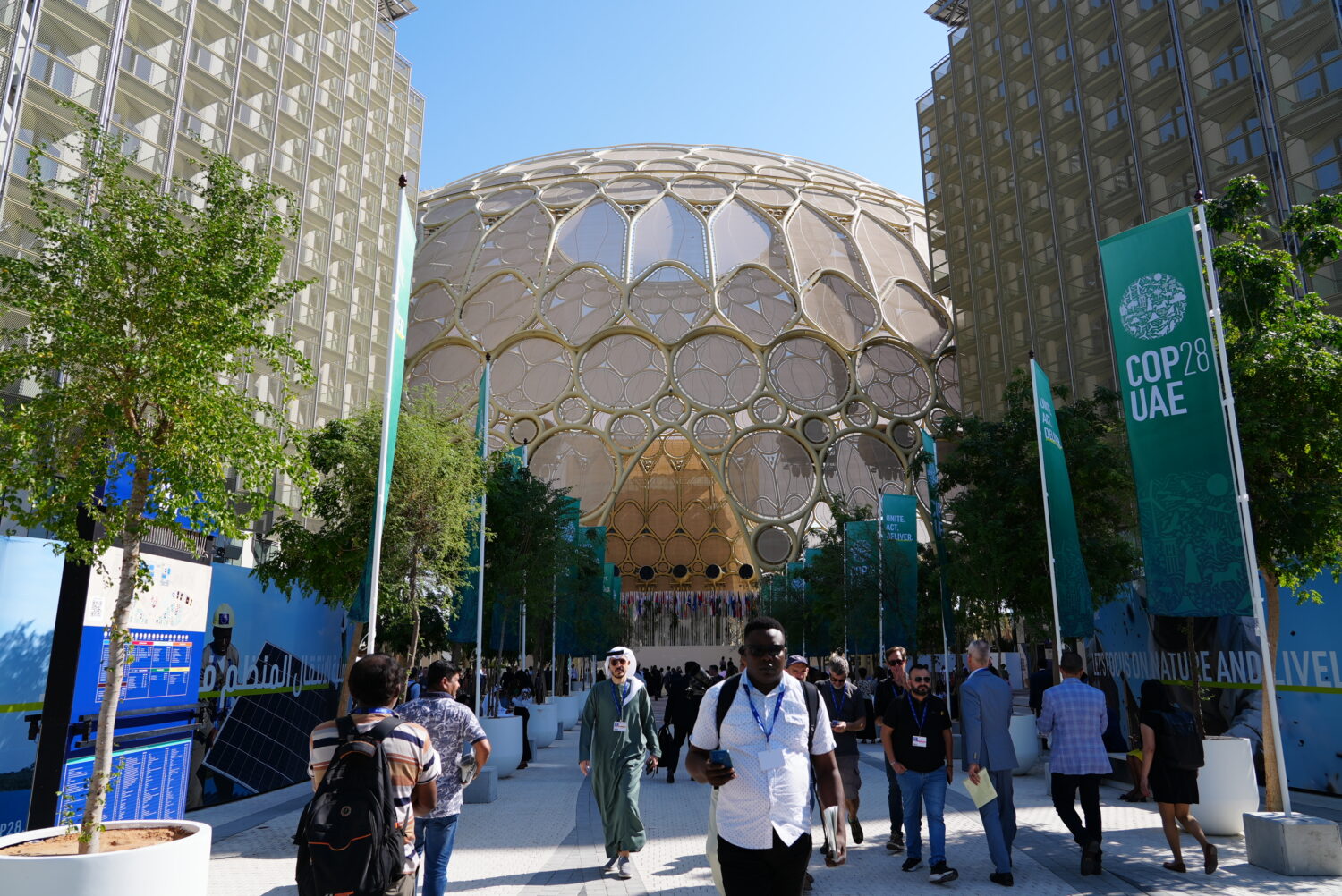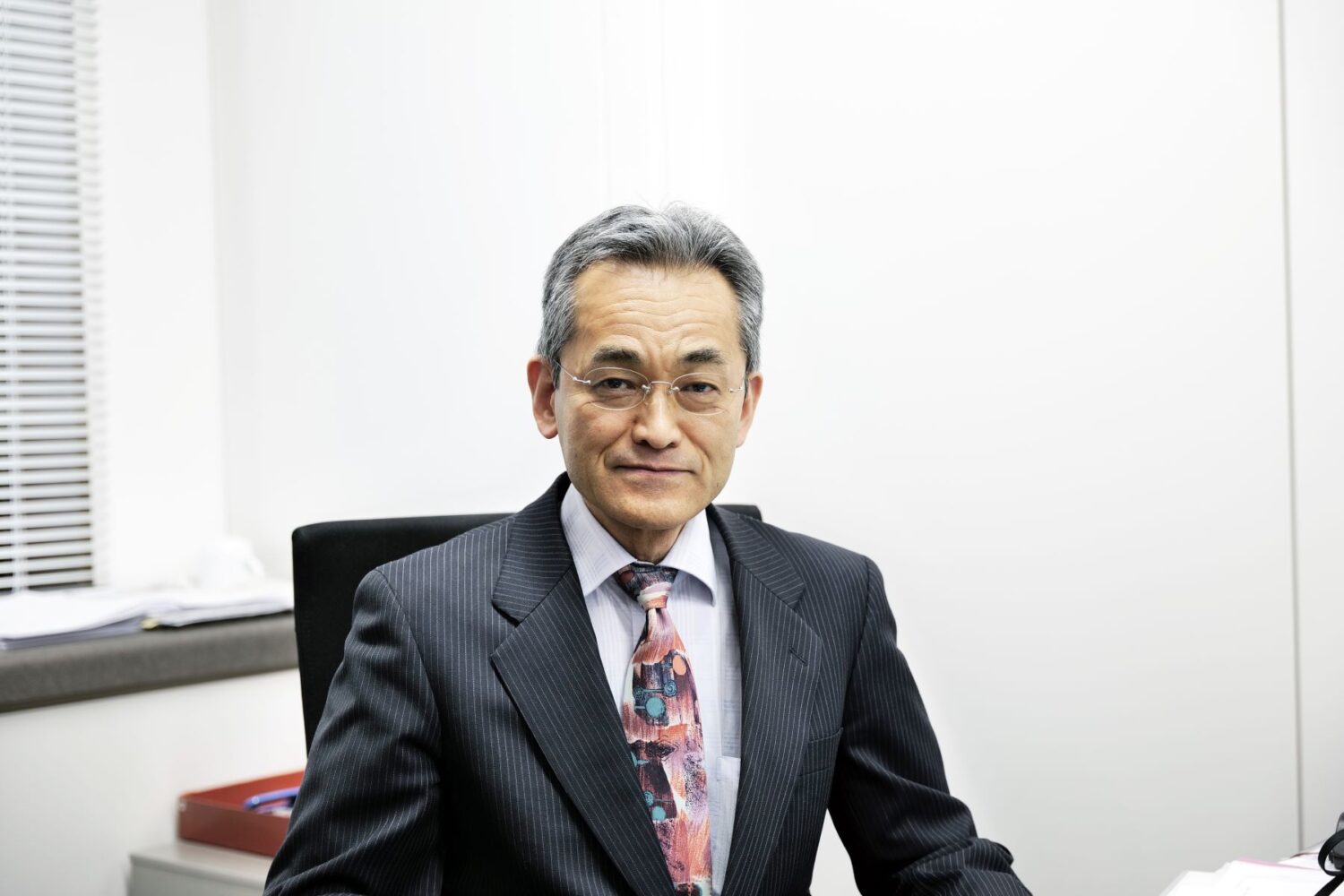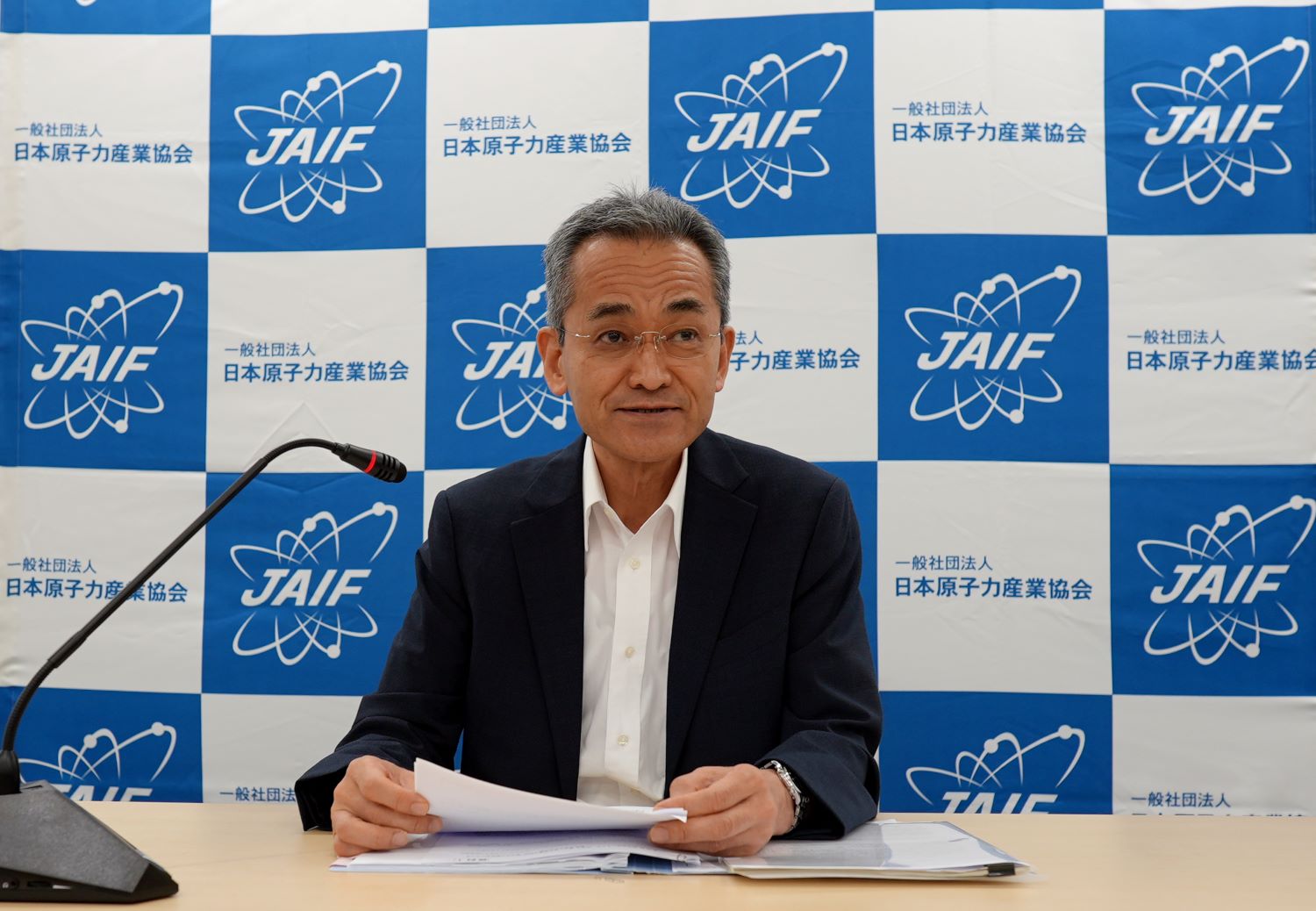I would like to express my gratitude here to the people in each locality for their understanding on the restarting of the units whose operating lifetimes have been extended, and my respect to all the involved parties for their efforts toward the restart of the reactors.
In addition to periodic inspections approximately once a year, NPPs in Japan are subject to safety reviews every ten years in order to evaluate their safety and reliability. Operators are also required to conduct technological aging evaluations of important safety-related equipment and structures when an NPP reaches thirty years since starting operations, and every ten years thereafter.
Based on those results, a long-term plan for maintenance and management is issued in order to deal with the effects of aging.
Moreover, under the new regulatory standards, when operation reaches forty years, a special inspection is required in addition to ordinary inspections and examinations for the purpose of checking the soundness of the reactor vessel, reactor containment vessel and concrete structures, which would not be replaced but only disqualified.
Based on the aging evaluations, including the results of the special inspection, the operation of the unit for the extended period can be confirmed to be done without any problems.
Having entered service in the 1970’s, the three NPPs mentioned above underwent special inspections and technological aging evaluations prior to completing forty years of operation, confirming their ability to maintain soundness.
Around the world, operating lifetimes of existing reactors are being extended after similar confirmations of soundness. In the United States, in particular, eighty-six NPPs of the total number of ninety-four reactors operating—or 91%—have obtained permission to operate for sixty years. Six of those eighty-six have already been approved for eighty years of operation, and forty-six are already being operated beyond forty years.
A backdrop can be cited for that, beyond the technology and knowledge base to secure safety: namely, nuclear power’s history and potential for reliably supplying low-cost, low-carbon electricity, while remaining unaffected by weather and other factors.
The International Energy Agency (IEA), too, calls nuclear power essential to reduce carbon dioxide (CO2) emissions, which present an imminent global threat, and says that operating existing NPPs beyond forty years is the most economical option among low-carbon power sources.
Approximately 6.75 million tons of CO2 per year could be reduced by operating the Takahama-1 and -2 and Mihama-3 NPPs. That alone is equivalent to 17.6% of the 38.44 million tons that Kansai EP emitted in FY19.
We are confident that Kansai EP will carry out activities toward restarting the reactors, putting a priority on safety. We are also confident that following their restart, the power utility will continue to accumulate a record of performance demonstrating the stability of supply and the reduction of emissions.
Ongoing, thoughtful dialogues with local municipalities and people in the region are also expected to occur.
Shiro Arai, President, JAIF





